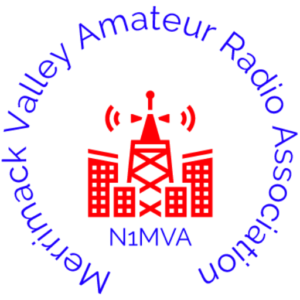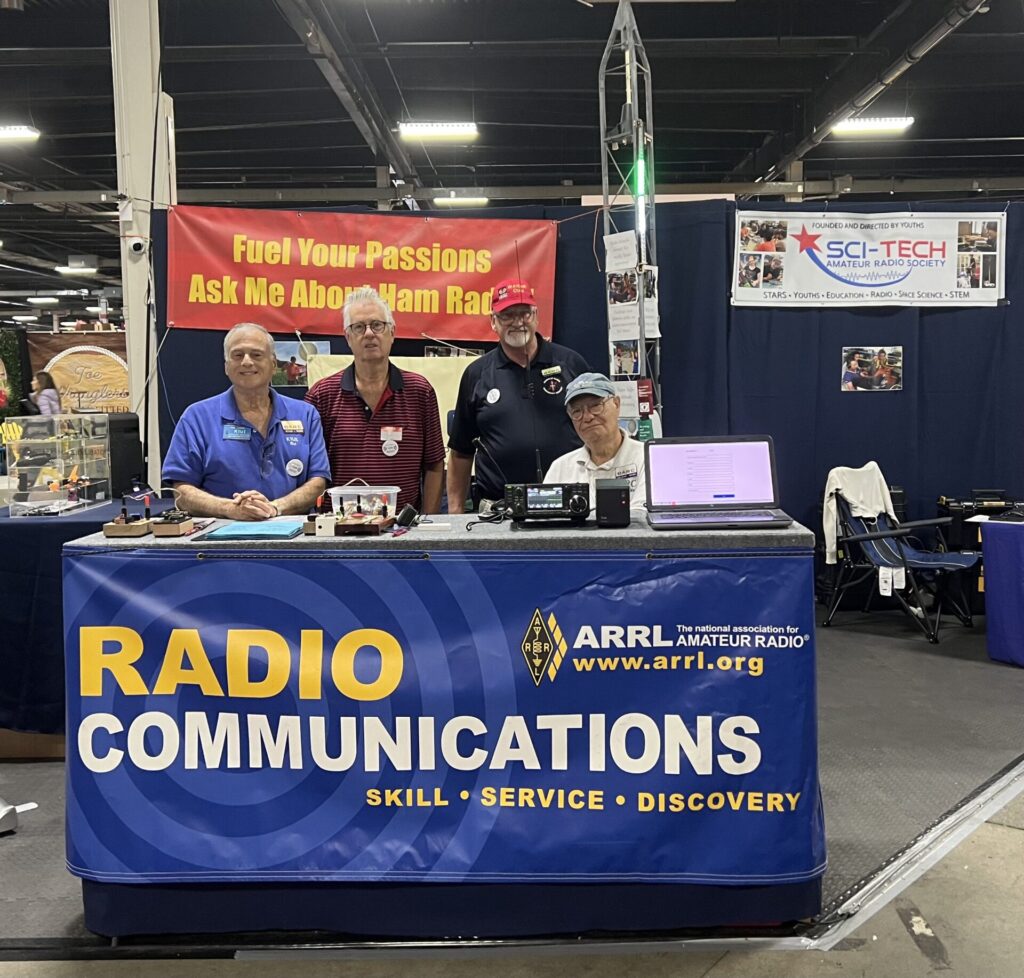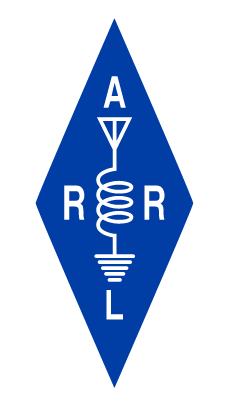As the RFI Teams prepare to be trained and receive the equipment purchased with the $23.6K ARDC grant, additional team members are sought in ME, VT and RI. Training and distribution of equipment will occur in early 2023. This is an opportunity to help your friends and your club and learn something new with some very sophisticated equipment. You can see who has already volunteered on the New England RFI Team page. If you’d like to see your name and callsign on the team page, please contact your section team lead listed on the page. RFI is a major concern for all hams and the knowledge you receive will help you and help others. For more information, please email me at k1ui@nediv.arrl.org.
 Rob Leiden
Rob Leiden
NE Division RFI Team Equipment Orders Placed
The RFI team equipment is on order and delivery will begin this month. When available, the equipment will be used to finalize training materials. Following that, meetings with each team will be performed to train on and distribute the equipment. New England Assistant Director for Spectrum Protection and Use, Rob Leiden, k1ui, will be contacting the team leads to establish meeting venues and dates. Ordering of the two pieces of Division equipment is still in progress but will not directly affect the team equipment distribution. With the arrival of this equipment, the RFI Team project now can leverage the web page process hams can use for hunting RFI by enlisting team support with more capable, standardized equipment.
ARDC Press Release for NE Division RFI Grant
 The Amateur Radio Digital Communications (ARDC) has issued a press release to acknowledge the $23.6K grant it awarded to the New England Division to equip its RFI teams. In part, the press release states:
The Amateur Radio Digital Communications (ARDC) has issued a press release to acknowledge the $23.6K grant it awarded to the New England Division to equip its RFI teams. In part, the press release states:
FOR IMMEDIATE RELEASE
ARRL New England Division to Combat RFI
An ARDC grant will provide teams in each of the ARRL’s New England sections with the equipment they need to find and eliminate radio frequency interference.
November 11, 2022—Radio frequency interference (RFI) has become an issue for many radio amateurs in the past decade. Solar energy systems, LEDs, switching power supplies, dimmers, variable-speed motor controllers and other non-linear devices have all raised the noise floor. This impacts radio amateurs across the board, including those participating in emergency communications, traffic handling, and those talking with friends on the air. In some cases, it makes communicating via amateur radio all but impossible.
To combat this problem, the ARRL New England Division has created teams to help radio amateurs find sources of RFI and eliminate or reduce the interference. These teams are also able to provide additional assistance when required, such as working with utility companies, the ARRL, or even the FCC.
A $23,640 ARDC grant will allow the New England Division to purchase RFI equipment for each of the seven sections in the division. Each kit will have the following equipment:
● Icom IC-705 transceiver, outfitted with a backpack and spare battery, for RFI detection and spectrum capture.
● DX Engineering NOISELOOP receiving antenna and a DXE-NL-PRE-ATT-1 preamplifier- attenuator to detect sources of high-frequency RFI.
● Elk Antennas 2M/440L5 Dual-Band Antenna for locating RFI sources in the VHF and UHF portions of the spectrum.
In addition, the division will be purchasing a Radar Engineering RE-243 Broadband RFI Locator for detecting power-line noise and a Radar Engineering RE-245 Circuit Sniffer for detecting indoor noise sources. This equipment will be dispatched to the sections when needed.
The funds will also help the division with on-site training for all seven New England section teams. Rob Leiden, K1UI, Assistant Director for Spectrum Protection & Utilization, notes, “This grant will really help our dedicated teams combat RFI throughout the New England Division.”
MVARA Intro to Mesh Training Session
Jay Taft, K1EHZ, writes:
The MVARA-NEDECN Connection – A Model Partnership
Jay Taft, K1EHZ and the Merrimack Valley ARA and Bill Barber, NE1B, representing NEDECN have partnered up to connect several DMR repeaters in southern NH with 5.8 GHz mesh networks. This approach makes the internet connections between the repeaters more robust and provides the potential for remote monitoring of the sites, both using cameras and spectrum sampling. The high elevation sites also provide better unobstructed distances between mesh nodes making it possible to deploy more efficient networks using fewer nodes to achieve long distances. One useful feature of the network is the mapping of the various network nodes in layers that improves visualization and planning activities. Use of various symbol types for different services and color coding of node speeds and link types provides a compact but also complete view of the network. Watch for future posts that discuss various other mesh network capabilities as the New England Division witnesses expansion of connected emergency networks using recently approved and future grants. Progress is discussed at the nemesh@groups.io bi-monthly Zoom meetings, next held on Thursday, November 3 at 7 PM. Membership in the group is open to all interested hams.
Merrimack Valley ARA (MVARA) Achieves 501.c.3 Status and ARRL Affiliation
 The Merrimack Valley Amateur Radio Association (MVARA) had its first meeting this evening having achieved several milestones in its effort to build on recent successes in providing mesh network back-up for NEDECN DMR repeaters. The club plans to expand its network of interconnected hospitals and repeater sites and it is now positioned to apply for grant funding. In addition, the club’s ARRL affiliation makes it possible to obtain ARRL support, available to all affiliated clubs.
The Merrimack Valley Amateur Radio Association (MVARA) had its first meeting this evening having achieved several milestones in its effort to build on recent successes in providing mesh network back-up for NEDECN DMR repeaters. The club plans to expand its network of interconnected hospitals and repeater sites and it is now positioned to apply for grant funding. In addition, the club’s ARRL affiliation makes it possible to obtain ARRL support, available to all affiliated clubs.
With the focus on mesh expansion in New Hampshire and grant funding recently secured in Maine and Rhode Island, the expansion of interconnected amateur communications networks throughout New England is making visible progress.
The MVARA Officers and Directors are:
President – Jay Taft K1EHZ
Vice President – John Yurcak K9AEN
Secretary – Steve Nelson WA1EYF
Membership Secretary – Paul Blais KC1KMM
Treasurer – Ken Geddes N1KWG
Directors
Bill Barber NE1B
Steve Davidson NA1T
Jack Duffy NF1L
Ed Leduc KA1IJN
If you or your club wants to start a mesh network in New England, contact Rob, K1UI at k1ui@nediv.arrl.org, and he’ll put you in touch with those folks who can help.
RFI Teams in New England Continue to Grow
The Eastern MA Section has three new RFI team members, Ed K1EP, Stan, KD1LE and Mark, KA1INE. This brings the total number of team members in EMA to seven and to a total of 29 in the New England Division. Team information is found at New England Division RFI Teams by ARRL Section – ARRL New England Division. All deserve recognition for stepping up to support their fellow radio amateurs and several cases are already in progress. Negotiations for the team equipment have been completed and orders will be placed on receipt of approved ARDC grant funds, expected in the next few days. Distribution and equipment training is planned for the next several months. Any questions about the RFI Team project should be sent to Assistant Director for Spectrum Protection and Use, Rob Leiden, K1UI, at k1ui@arrl.net.
NEDECN and MVARA Mesh Network Link Up in NH
Jay, K1EHZ and Bill, NE1B, report NEDECN (New England Digital Emergency Communications Network) has signed a collaboration agreement with the Merrimack Valley Amateur Radio Association (MVARA).
Under this agreement NEDECN provides space on its towers, where feasible, for MVARA microwave mesh network equipment.
MVARA has operated a microwave network in Manchester (NH) for 3 years.
It connects Elliot Hospital, Catholic Medical Center, Manchester EOC and
Manchester Radio Group. As an IP-based network, it can carry most services
the internet provides.
Barnstable ARC Hosts Big E Amateur Radio on Massachusetts Day, September 22, 2022
It was a rainy day to be at the Big E but four of the Barnstable’s (Cape Cod) club members enjoyed their day of meeting with the public and operating FT-8 via Remote Ham Radio and 70 cm FM on the D-Star HT and Icom transceiver. It helped that 10 meters and 15 meters were open and stations from Indonesia to Saudi Arabia and all over Europe got into the log.
Larry, W1AST, was there to greet us in the AM and got us started. Many thanks go out to Larry and his support team for organizing the amateur radio demonstration booth at the event.
Amateur radio at the Big E will also host the “Space Chat” the afternoon of 9/27 with hams and their families getting in free that day (bring a copy of your license).

New England Division Receives ARDC RFI Equipment Grant
ARDC has approved a request for RFI hunting equipment for each of the seven sections in the New England Division. The funds should be received in the next few weeks and orders placed for the equipment soon after. Included is both an antenna set and an HF/VHF/UHF transceiver with a spectrum scope. Distribution to each section will accompany training on the equipment. In addition, some high-end equipment will remain in the custody of the Division for sharing when needed in addition to any the ARRL Lab will provide on loan. Any questions can be directed to Rob, k1UI, Assistant New England Director, Spectrum Protection and Use.
